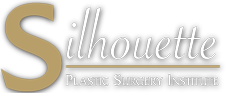Dr. Hootan Daneshmand
Liposuction Orange County & Bakersfield
Liposuction in Bakersfield, CA
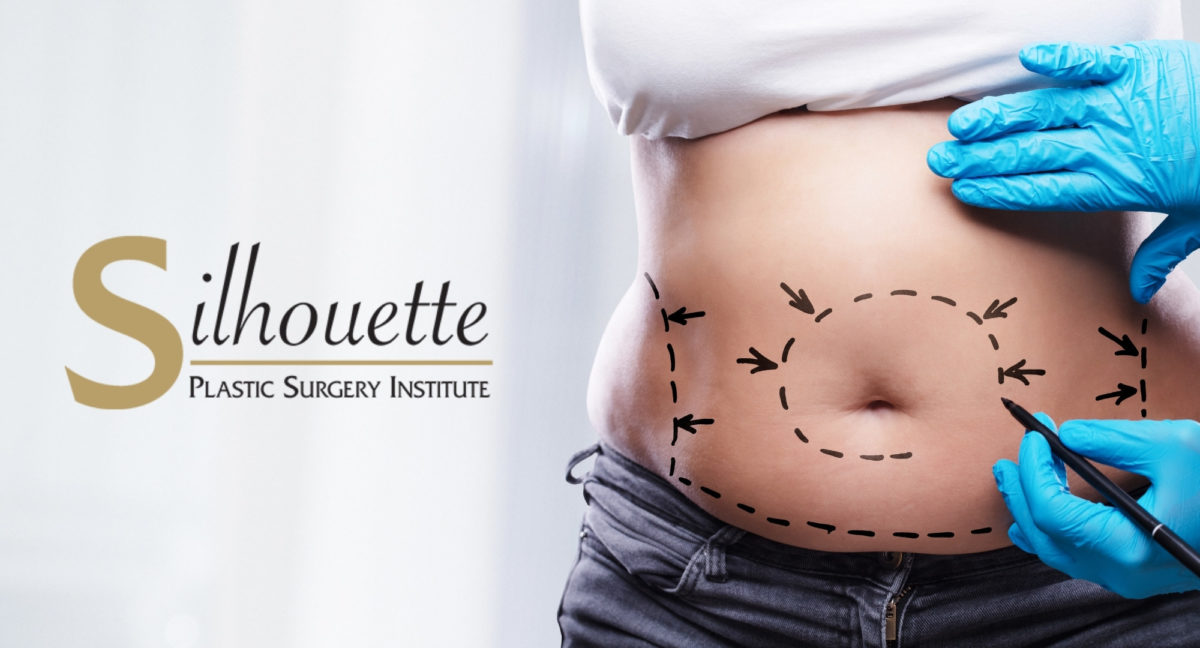
Liposuction procedures are among the most common cosmetic surgical procedures performed on both men and women in the United States, according to the American Society of Plastic Surgeons. When Orange County liposuction is performed on the appropriate patient by a properly qualified, board-certified plastic surgeon in an accredited operating facility, it can produce profound body sculpting results with minimal scarring and easy recovery. If you feel ready for a change, Silhouette Plastic Surgery is here to help.
At the Silhouette Plastic Surgery Institute, we offer a wide variety of both surgical and nonsurgical solutions for some of the peskiest problems. Unfortunately, stubborn fat can’t always be lessened or improved through diet and exercise. Sometimes, liposuction is a much better option for removing specific pockets of fat cells to improve the shape and contour of the body. If you’re interested in liposuction, we encourage you to schedule an appointment with Dr. Daneshmand. He will answer any questions you may have and describe the different options we provide, including Lipo 360, mons pubis liposuction, and thigh liposuction. Call today at 949-359-8397 or fill out our online intake form to schedule.
What Is Liposuction?
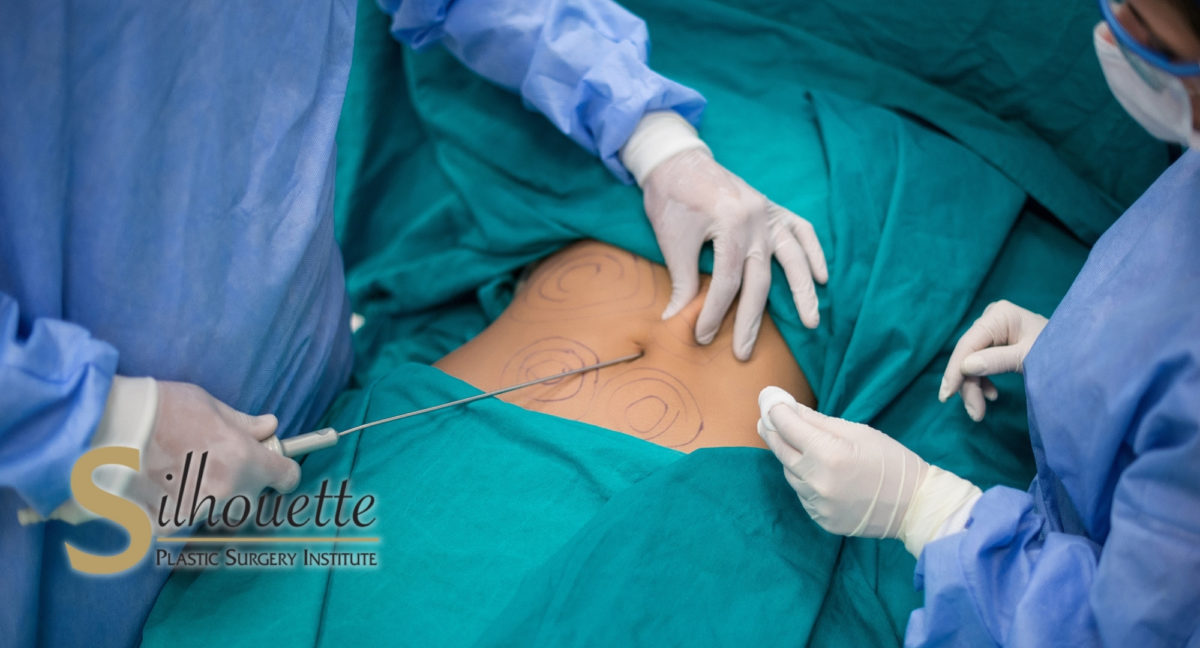
Liposuction is a cosmetic surgery procedure that uses a form of suctioning technique in order to remove fat cells from specific areas such as the upper arms, buttocks, thighs, abdomen, face, and neck. It can also help to improve the contours of the treated areas.
It’s important to note that liposuction is not a solution or alternative for weight loss. Many patients walk into their liposuction consultation with the hopes that liposuction will be an easy fix for their excess fatty tissue. However, this is not the case. You’re more likely to lose a significant amount of weight either through regular diet and exercise or through weight loss surgery Orange County (also called gastric bypass surgery or bariatric surgery).
Liposuction Techniques
Depending on your liposuction surgery goals and your realistic expectations, there are several different traditional liposuction techniques that plastic surgeons may choose to use. Different techniques are useful in different situations, and certain cosmetic surgery professionals may have preferences on which technique to use. The following are the most popular techniques for liposuction procedures.
This is the most common type of liposuction procedure. First, your doctor will either sedate you or put you under general anesthesia. Then, they will inject an amount of medicated solution into the treatment area equal to up to three times the amount of fat to be removed. The fluid contains a mixture of lidocaine, epinephrine, and an IV solution.
Lidocaine numbs the area both before and after surgery. Epinephrine reduces blood loss, swelling, and bruising. The IV saline solution allows the excess fat to be removed more easily. Your surgeon sucks out all of this medicated mixture along with the fat at the same time. It generally takes longer than other techniques, but the results speak for themselves.
This is similar to the tumescent technique, but it uses less fluid. Usually, the medicated fluid that is injected equals up to the same amount of fat to be removed rather than three times as much. Because it uses less fluid, it takes less time to perform this type of liposuction procedure. However, it still requires the use of either sedation or general anesthesia in most cases.
Also called Vaser liposuction, this technique uses ultrasonic vibrations to effectively liquify the fat cells. Then, your surgeon suctions out the liquified fat. The two options for this technique are external UAL and internal UAL.
- External: Performed above the skin with an emitter of ultrasonic energy.
- Internal: Performed below the skin with a very small, heated cannula, or tube.
Specifically, this technique allows surgeons to perform an effective liposuction procedure on areas of dense, fibrous parts of the body. Examples include gynecomastia in men and the upper back in both men and women. Many surgeons use this technique in conjunction with the tumescent technique. It often takes longer than the super-wet technique.
This uses traditional techniques with a machine designed to speed up the process. It involves a cannula with a vibrating tip and is generally less physically demanding of the surgeon.
Laser-assisted liposuction utilizes the energy of lasers to liquify fatty tissues. Once liquified, the surgeon will either vacuum out the liquid fat or allow it to drain through tubes. Most surgeons opt for this technique when operating in smaller spaces, such as the face, chin, and neck. Additionally, the energy emitted by the laser has the added benefit of stimulating the production of collagen. This has the potential to reduce excess skin sagging post-surgery.
What Are the Benefits of Liposuction?

Liposuction has many benefits, though most of them are more related to appearance improvements than overall health improvements. Many people can achieve the same goals through the adoption of a healthier and more active lifestyle, but the results are much faster with liposuction. However, it is sometimes used in the treatment of certain conditions, such as the following.
- Gynecomastia: Fat accumulation in the male breast tissue.
- Lymphedema: Chronic condition that causes excess fluid (lymph) buildup in the tissue, resulting in swelling. It usually occurs in the legs or arms.
- Extreme weight loss: Those who are morbidly obese may need liposuction or skin removal surgery if they lose approximately 40% of their total BMI.
- Lipomas: Fatty, benign tumors that can appear for unknown reasons.
- Lipodystrophy syndrome: This is a condition in which fat accumulates in one part of the body while being lost in another part. Liposuction can help restore a more natural-looking fat distribution to the body.
Are There Any Risks or Side Effects of Liposuction?
Any kind of surgery carries a certain level of risk, even minor surgeries. Liposuction is no exception, as it involves the following risks and complications.
- Fluid accumulation: Pockets of fluid, or seromas, can form underneath the skin. You may need to have this fluid drained with a needle.
- Numbness: Temporary or permanent numbness is possible in the treatment area. Nerve irritation is also a possibility.
- Contour irregularities: If the fat is removed in an uneven manner, you may see bumpy or wavy skin, poor healing, and poor skin elasticity in the treatment areas.
- Infection: Infections are rare, but still possible. In severe cases, they can be life-threatening.
- Fat embolism: If a loose piece of fat breaks away and enters a blood vessel, this is considered a medical emergency. It could travel to the lungs or the brain, causing severe damage.
- Internal puncture: If the surgeon forces the cannula too deeply, it could puncture an organ. In these cases, emergency surgery is necessary.
- Lidocaine toxicity: While lidocaine is intended to help manage pain, toxicity can rarely occur. When it does, patients would see central nervous system and heart problems.
- Heart and kidney issues: As fluid levels in the body change during the procedure, it could cause serious problems for the kidneys, heart, and even lungs.
Who Is a Good Candidate for Liposuction?
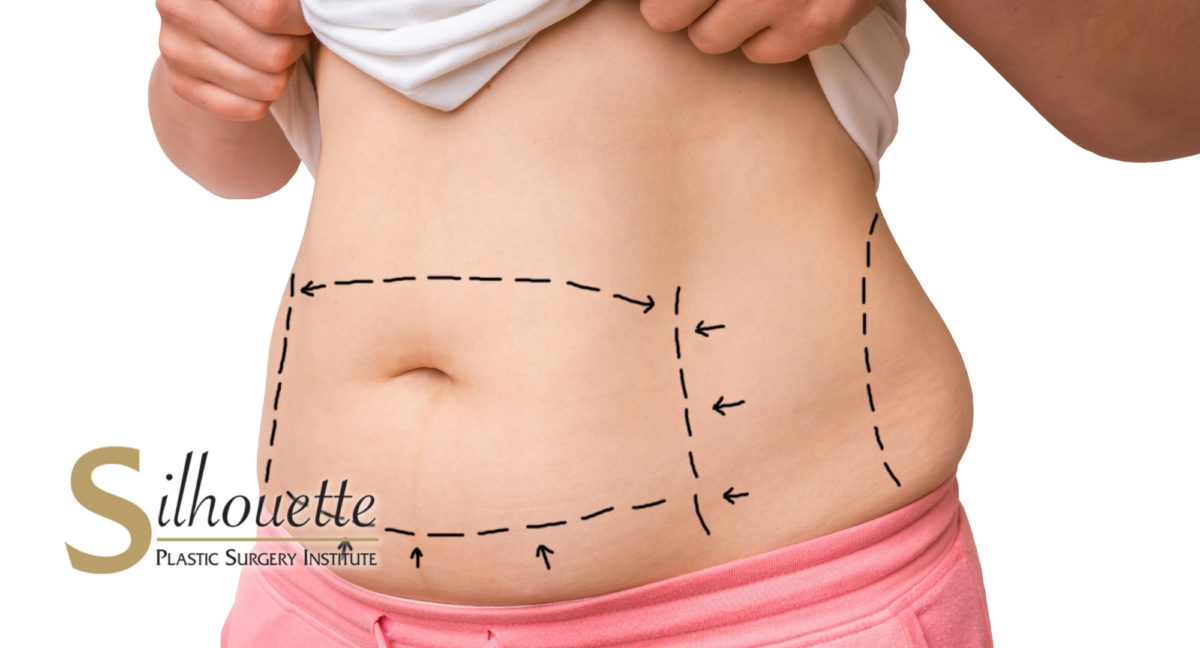
The ideal liposuction candidate is someone who has localized areas of fatty deposits but is not obese. Liposuction is not a weight-loss operation as much as it is a body sculpting procedure. Areas that are resistant to weight loss and are seemingly genetically predisposed to hold on to fat, such as the saddlebag or hip regions, are ideally suited for liposuction.
The main limitation of liposuction is suboptimal skin quality. If your skin is too lax either from previous obesity, pregnancy, or simply aging of the tissues, it may be left hanging loose after the underlying fat is removed. Certain areas are more amenable to liposuction than others. The best way to determine where liposuction will work for you is to see Dr. Daneshmand for a consultation.
What Should I Do Before Undergoing Liposuction?
While there isn’t a way to guarantee perfect results from a plastic surgery procedure, there are some steps you can take to increase your chances of a great outcome. The following are some steps you can take to positively impact your surgical procedure results.
- Reach your goal weight: Keep in mind that there’s not a specific weight we recommend for liposuction or any other body contouring procedure. However, it is a good idea to achieve your goal weight before undergoing liposuction. This will allow us to target the most stubborn fat that you can’t get rid of through diet and exercise.
- Build muscle: Liposuction tends to reveal contours of the body that you wouldn’t normally see. For this reason, it’s important to build and tone the muscles underneath the layers of fat. For the best results, start this process months in advance.
- Adjust your diet: When you’re preparing for liposuction, healthy eating is even more essential than it is on a daily basis. Eating well can help boost proper healing and skin elasticity.
- Stop smoking: Nicotine is one of the worst things you can put into your body both before and after liposuction surgery. It restricts the blood vessels and decreases blood flow, which can greatly impact your liposuction results.
- Prepare your home for recovery: Lastly, one of the easiest ways to prepare is to ensure that your home is ready for your recovery process. Buying easy meals, organizing your closet to have comfy clothes, having longer charging cords, and having all the essentials by your bed are good places to start.
What Is the Liposuction Procedure Like?
Depending on the location and type of procedure, liposuction usually requires either local anesthetic or general anesthesia. Throughout the procedure, the surgeon’s team will monitor your vitals. If you feel any pain or discomfort, let someone know right away. The specifics of the procedure depend on which technique your surgeon opts for.
Depending on the extent of your liposuction surgery, it may last several hours. If you receive general anesthesia, you will wake up in a recovery room. You will likely spend at least a few hours in the hospital before returning home.
Recovery After Liposuction in Orange County
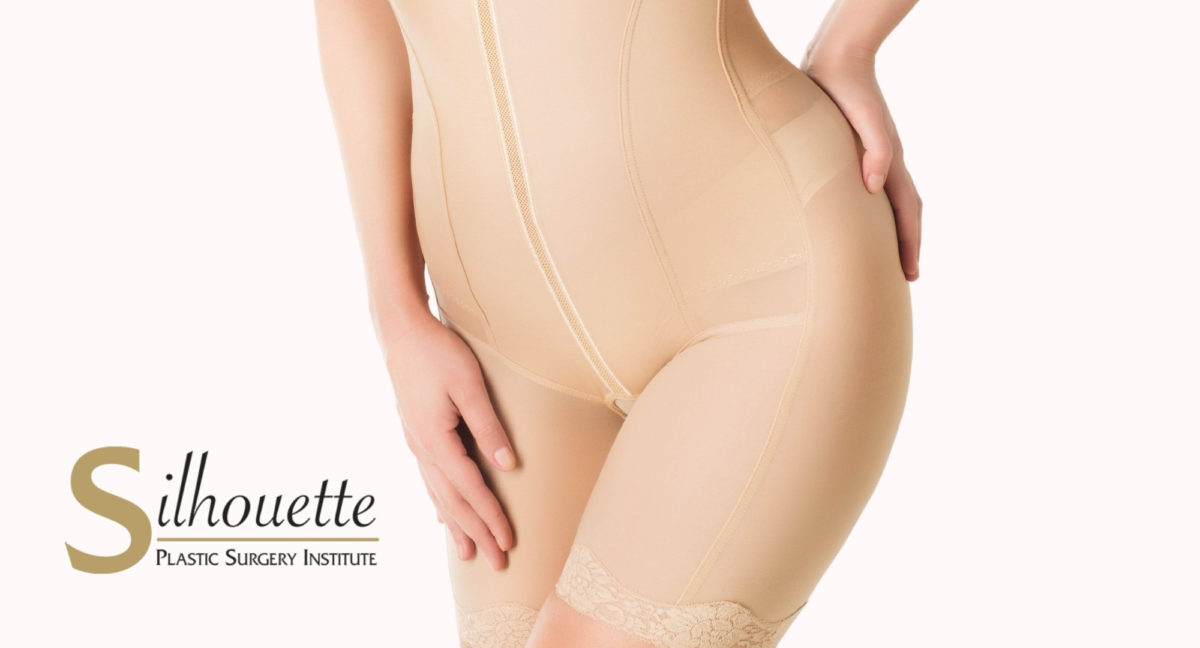
Most actual patients experience at least a little pain, bruising, and swelling. Your doctor will likely prescribe medications to help with this and to reduce infection risks. Usually, you will wear a compression garment until the swelling subsides.
Most body contouring procedures like liposuction require you to rest for a few days before returning to work. You should also wait for four to six weeks before resuming normal activities like exercising.
You should experience only mild to moderate pain at worst that can be mitigated by medication. The tiny incisions used to perform the procedure should leave only minor scarring. Be sure to attend all follow-up appointments with your surgeon to ensure that your recovery is going smoothly. Expect a leaner body shape around several months after you undergo liposuction.
How Much Does Liposuction Cost?
According to the American Society of Plastic Surgeons, the average national cost of liposuction is $3,637. However, the cost for Newport Beach or Orange County patients may vary greatly depending on a number of factors. It’s also important to note that this average number does not include anesthesia costs, operating facility fees, and some other costs. Most insurance plans will not cover liposuction, as it is an elective procedure. Below, we list some of the most important factors that go into calculating your final cost.
- Anesthesia costs
- Surgeon’s fee (mostly based on experience, procedure type, and geographic location)
- Surgical facility or hospital costs
- Medical tests
- Garments to reduce swelling and blood clots
- Prescription medication costs
- Other fees related to your recovery period
Are There Alternatives to Liposuction?
Absolutely. Aside from dieting and exercise, there are a number of both invasive and non-invasive options available to achieve similar results. Some of them depend on the area you wish to treat. We list these below.
- Buccal fat removal Orange County
- Eyebags removal surgery
- Double chin surgery
- Fat transfer breast augmentation
- Orange County gynecomastia surgery
- Body contouring Orange County
- BBL in California (Brazilian butt lift)
- Weight loss surgery Bakersfield
- Lipo 360
- Mons pubis reduction
- Inner thigh lipo
- Belt lipectomy
- Mommy makeover Newport Beach CA
- Skin removal surgery
- Tummy tuck Orange County
- Mini tummy tuck
- Arm lift Orange County
Orange County Liposuction FAQs
Areas that are very amenable to liposuction include the abdomen, hips, flanks, outer thighs (saddlebag area), back, inner thighs, arms, chin (submental), and breast.
Skin tightening after liposuction is dependent on your skin’s ability to contract. This is called skin elasticity and can be determined on exam. If the skin is too loose, a procedure that removes skin (such as an Orange County tummy tuck) might be a better option.
Liposuction removes fat cells forever. However, not all of the fat in any given area is removed. Therefore, if you gain enough weight, some fatty enlargement of the treated areas may potentially occur. Most likely, they will not become as prominent as they once were.
The tumescent technique involves injecting saline, local anesthesia, and adrenaline to maximize the effectiveness of fat removal while ensuring patient comfort and safety. Bleeding is greatly decreased by this technique. Dr. Daneshmand routinely employs this technique whenever performing liposuction. This important advancement in liposuction technology gives Dr. Daneshmand a superior method for permanently removing unwanted fatty bulges and creating a more attractive body contour.
The safety guidelines instituted by the ASPS recommend that no more than 5 liters (11 pounds) of fat be removed at any one procedure. One must remember that it takes small increments of weight reduction in localized regions to make a noticeable difference.
The most common complication of liposuction is called contour irregularity. This is an indentation, dimple, or groove. Areas with poorer skin quality are more susceptible to this occurrence. Great care is taken to avoid suctioning the fatty layer directly beneath the skin to prevent creating a contour deformity. If it does occur, a revision may be helpful to smooth the area out.
You will be able to go home after surgery. You will have compression garments made of spandex over the operated areas throughout your liposuction recovery. These should be worn around the clock for 2 weeks followed by another 2 weeks when active. You will be walking around the day of surgery. The degree and duration of discomfort vary from patient to patient. Most patients are able to stop taking pain medication and are back to work within a few days. Non-strenuous activity can begin at 5-7 days, low impact exercise at 3 weeks, and unlimited activity at 6 weeks.
See Also: Why and How to Massage After Lipo
Liposuction is not technically a permanent fix for fat. After you have the fat removed or undergo a fat transfer, you can still gain weight afterward. The best way to avoid this is to maintain a healthy lifestyle, including a proper diet with plenty of exercise.
It’s true that liposuction helps with unwanted or stubborn fat. However, most surgeons do not recommend it for treating cellulite. Instead, consider QWO cellulite treatment in injectable form. This FDA-approved injectable is safe for use in adult women who want to treat their cellulite.
Yes. While it is generally considered a safe procedure, it still has its risks. Especially if your surgeon will be treating multiple areas, it’s important to understand the potential risks and complications. Dr. Daneshmand will cover all of this information in a consultation with you.
Sometimes, the small incisions created during liposuction don’t even leave scars. When they do, they are not very noticeable. They can appear as small freckles or dots on the skin. Your surgeon may even try to hide potential scarring in folds of skin or less noticeable areas.
The fat cells that your surgeon removes during the procedure are gone forever. However, the other fat cells that they leave behind can still grow larger with weight gain. When Dr. Daneshmand performs your ultrasonic liposuction, power-assisted liposuction, or other technique, he will ensure that the contours of your body are appealing no matter what. This means that, even if you gain a little weight after your plastic surgery procedure, your results will still look good.
Customized Orange County Liposuction
At the Silhouette Plastic Surgery Institute, we understand that not every patient has the same problem areas. That’s why we offer customizable liposuction plans. Dr. Daneshmand will discuss your goals during your initial consultation and form a treatment plan based on those goals. While one patient may dislike the look of their abdomen and thighs, another may struggle with their arms and neck area. That’s why we offer these custom lipo plans to our patients.
Contact Silhouette Plastic Surgery Today
If you’re uncomfortable in your own body, or if there are a few things you want to tweak to boost your confidence, we’re here for you. At the Silhouette Plastic Surgery Institute, we treat a wide array of issues, including cellulite and excess fat. For more information, visit our pages about QWO cellulite treatment and skin removal surgery. To schedule a consultation with Dr. Daneshmand, call 949-359-8397 or fill out our online intake form today.
